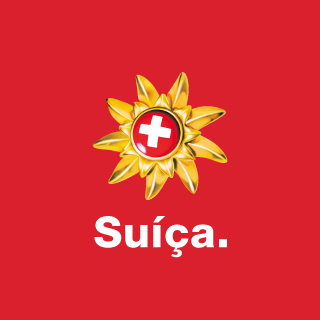The inter-war years in Switzerland
The period after World War I was marked by reconstruction, short-term economic recovery and changes in policy – as well as the rise of fascism in Europe.
Political changes
A popular initiative in 1918 established a system of proportional representation. As a result, the Free Democratic Party (FDP) lost nearly half its parliamentary seats in the 1919 elections.The main beneficiaries were the Social Democratic Party and the Party of Farmers, Traders and Independents (BGB). Despite the success of the Social Democrats, it was soon clear that the so-called bourgeois block (FDP, conservatives and BGB) would continue to dominate Swiss politics.
The Social Democratic Party was able to use the system of referendums and initiatives to defend the interests of the workers, and gradually evolved into a party of reform rather than confrontation.
Its attempt in 1929 to gain a seat on the Federal Council failed due to opposition by the conservatives .
The inter-war economy
Between 1921 to 1929, industrial production in the U.S. doubled due to the mass production of goods with the introduction of the conveyor belt. This prosperity was reflected in the thriving entertainment industry ("Roaring Twenties"). On 29 October 1929 ("Black Friday") the bubble burst and the stock market in New York collapsed by up to 90%. An economic crisis followed, and in the U.S. the number of unemployed rose to 15 million. Due to the withdrawal of American credits, the international payments system in Europe collapsed, along with trade.In Switzerland, agriculture in particular was badly hit (with a drop in milk prices from 1929 to 1935 of 22%, and as much as 38% for slaughter cattle prices). Also badly affected were and export-oriented industries (with a drop in exports in the watchmaking and machine industries of 59%, and in the silk industry OF 84%). Up to early 1936, unemployment rose to 124,008 job seekers. Those who were still employed had to accept pay cuts of up to 10%. In comparison with the U.S. or Germany these effects were, however, still bearable.
The overall economic trend, as agricultural employment fell and industry stagnated, was a shift away from the productive sectors into services.
Foreign policy during the inter-war period
To avoid another global conflict, the international community established the League of Nations in 1920 with its headquarters in Geneva. In a referendum, a wafer-thin majority of Swiss citizens came out in favour of accession to the League.The inter-war period saw the attempt by two ideological movements - communism and fascism - to gain as much influence as possible. The Swiss government and the majority of the population regarded communisn as being worse than fascism.
Swiss foreign policy in the 1930s tended to ignore the threat posed by the fascist powers. Thus it failed to condemn Italy's invasion of Abyssinia (Ethiopia) in 1935 or to impose the sanctions demanded by the League of Nations after Hitler's annexation of Austria in 1938.
At the same time, it refused to recognise the communist USSR.
Switzerland and fascism
The first fascist government came to power in Italy in 1922. In common with most European countries, right wing "fronts" sprang up in the Swiss cantons in the 1930s. Their support came from the self-employed middle class and from farmers, and their leaders were often young intellectuals.The ideology of the fronts was based on the following points:
Autocracy The Frontists preferred an autocratic government which would abolish parliamentary democracy.
Corporatism Capitalism should be replaced by corporatism. Employers and employees should work together in corporations and so resolve their conflicts.
Nationalism The frontists were highly nationalistic and rejected anything that was "international" (such as communism, freemasonry, pacifism, Judaism etc.).
Initially some of the conservative parties saw the frontists as allies in their struggle against socialism. However, the frontists could never count on broad support among the population because they alienated many people with their heavy-handed tactics.
An initiative by the frontists, who wanted to impose their political programme by constitutional amendment in 1935, was declined by more than 70% of the voters.
By the time war broke out, several currents of opinion had formed. Some sympathised with the new Nazi order, and these fell into two camps: some wanted to join the German Reich, whereas others tended more towards cooperating with a victorious Germany if need be.
Other groups supported the resistance against totalitarian regimes and the defence of democratic rights.
Related links
More about Swiss history

